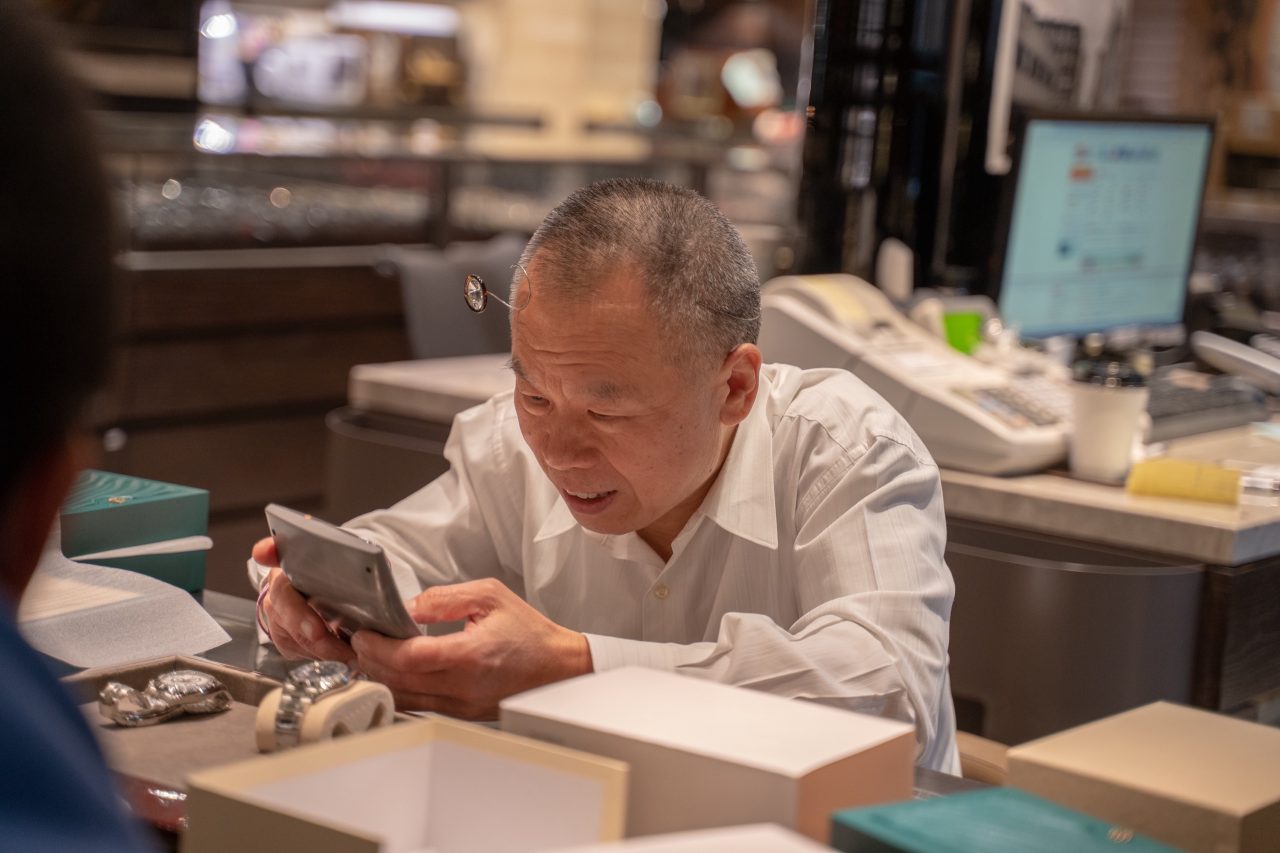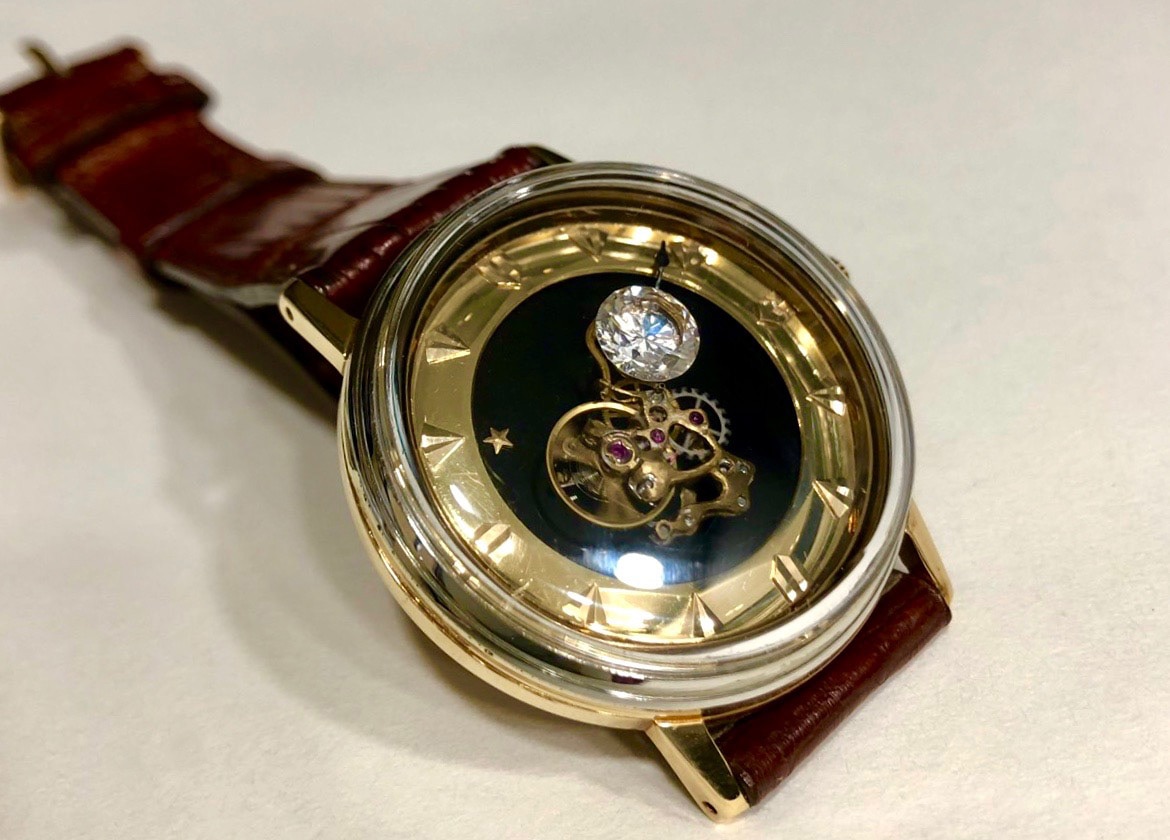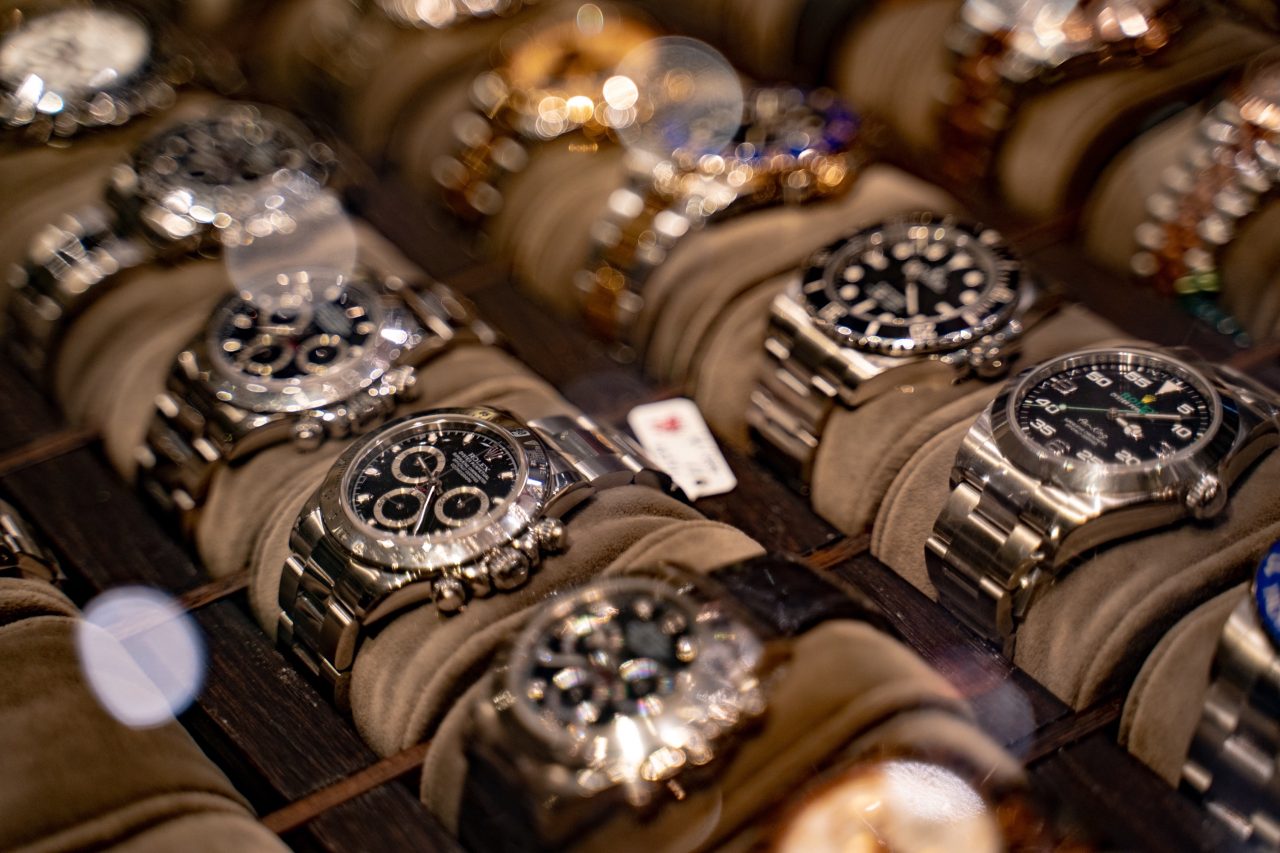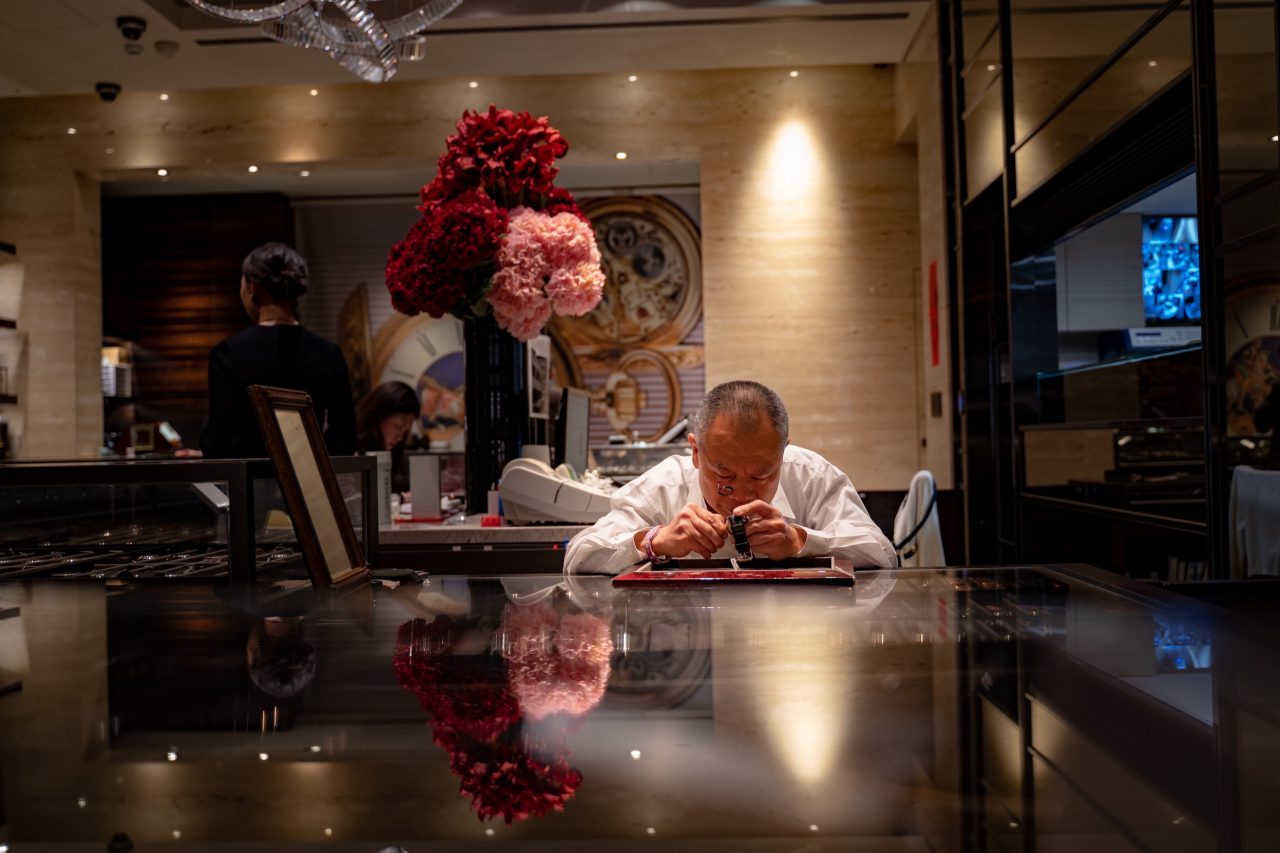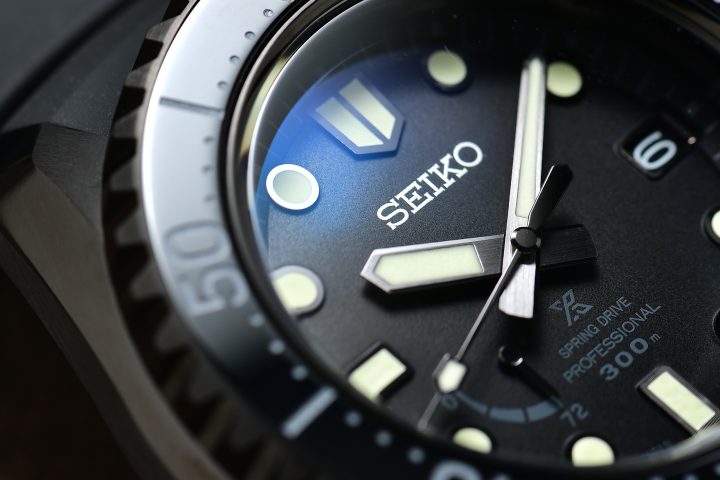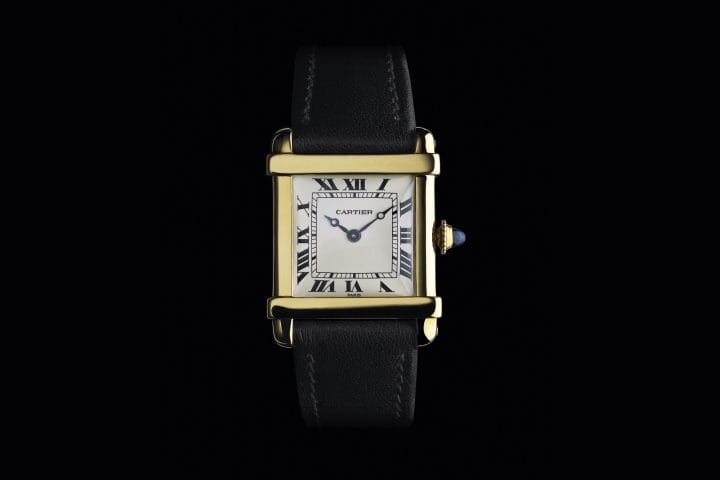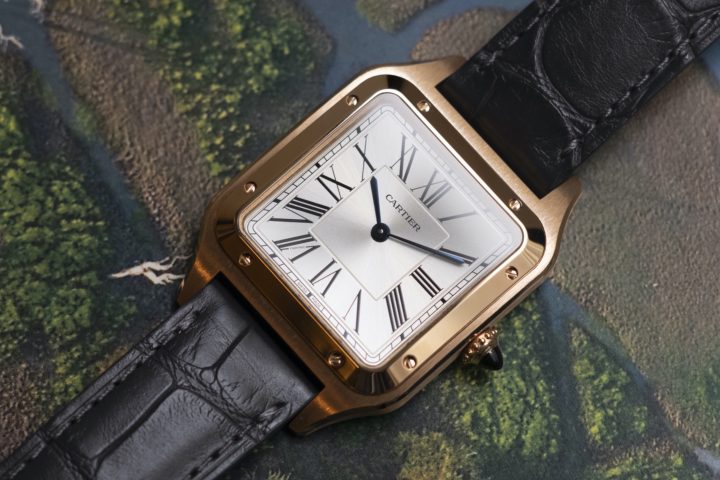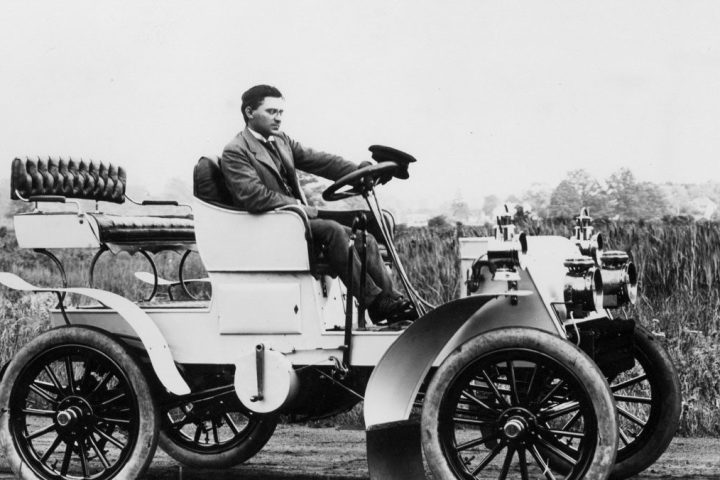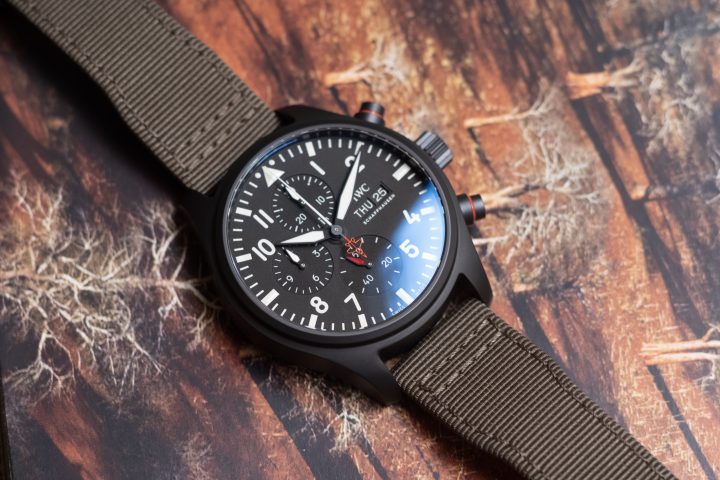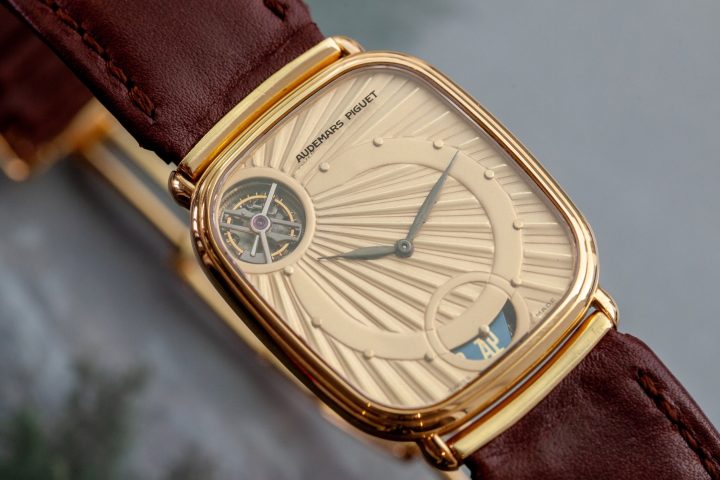Given the quiet and subtle environment, the night can provide undisturbed concentration, helping the watchmaker give life to the beating metal heart, layer by layer. It can only be a passion toward horology that leads the repairman to stay up persistently night after night, to complete challenging tasks that are impossible for most people. In Taipei, Mr. Wang Ching Lung, better known as Wang laoshi (teacher/master in Mandarin), has a double identity, being not only a watch service veteran but also an advisor who has enlightened generations of connoisseurs. Being in the industry for almost four decades, Wang laoshi has been through many industry shifts, but one thing remains constant: his passion for horology.
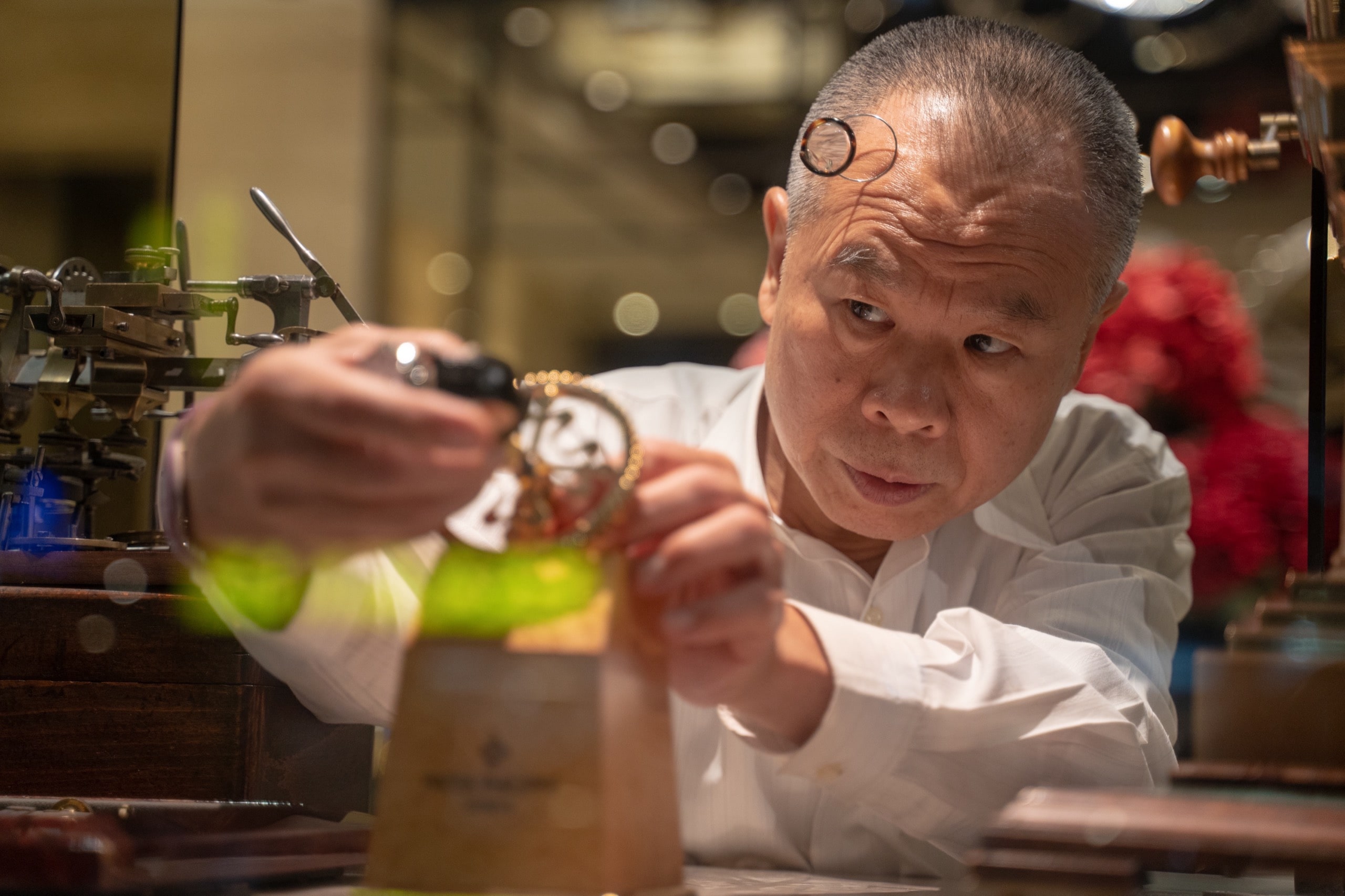
The story of Wang laoshi demonstrates the spirit of one determined to be a master. Starting as a service trainee at 16 years old, it was not an easy path to begin with, for most of time the “training” was to wipe windows, sweep floor and run errands. There were seldom chances to repair a watch. On a lucky day, he might be allowed to repair alarm clocks because the technique required is less delicate. Admittedly, there were times where he thought of quitting, but it is the perseverance of understanding horology that made him persist on the journey. Every day, after the “job training”, Wang laoshi practiced with broken movements that he bought from second-hand shops, exploring watchmaking from the incomplete parts. This was the beginning for Wang laoshi to learn about vintage watches.
Like many collector’s story, Wang laoshi started his business by selling new watches in the 70’s. At the time in Taiwan, the watch market was different from the western market, being dominated by Orient, Seiko and Citizen. During the quartz crisis, the demand for mechanical watches had shrunk to a point that many believed it would be the end. The situation led to a difficult time for his watch dealing business in Taipei. During this downturn, he sought an opportunity for developing an export business, opening a factory to produce quartz movements.
However, works from the masters never die, and in the late 80’s, people renewed their appreciation for what mechanical watches can do. Unlike today, when the battery in quartz pieces lasts for three to five years, back then it only worked for a year. From time to time when the circuit board had problem, it wasn’t cheap to service. “Realising quartz is actually not as ‘convenient’ as promoted, people took out the mechanical watches they used to own for me to service, which some were already 30 to 50 years old. I always surprised by the craftsmanship in all these good watches, giving life to the movement that lasts for so many years” says Wang laoshi.
Being perhaps the first horological master in Taiwan, Wang Ching Lung laoshi made a big mark in Taiwan’s watch-making history. He humbly mentions that, at the time, there were not many collectors owning a tourbillon, and even if they have one, it was too expensive to lend for study. Referencing from books, Wang laoshi managed to build a running tourbillon from scratch by using limited resources, with his technical mind and sophisticated craftsmanship. To him, the challenge is purely the pursuit of his interest. In 1998, after six years of research and development, the first Taiwan-made tourbillon was finally constructed.
This achievement has not stopped Laoshi’s exploration on watches; being the watch industry avant garde, Wang Laoshi set up a vintage watch club in the 90’s. Hosting watch gathering on a weekly basis, Wang laoshi shared his knowledge and vision on horology. In early 2000, he published books on how to identify fake movements from watches, making him the real laoshi.
For now, what can we learn from the master? Having experienced all the ups and downs in the watch market, Wang laoshi has shared some thoughts that bring valuable insights to collectors. While talking about the current watch market, Wang used what happened in the 2000’s as an analogy; that was the time when Chinese buyers just started to participate in the international scene, and modern Patek Philippes’ and pocket watches’ hammer prices kept breaking their own records. This continued until around 2010, when the Chinese collectors matured, and only the top pieces managed to keep their value, while with general pieces, the second-hand prices started to drop faster. Putting the recent wave of rapid growth on the Rolex and Patek Philippe sport watch markets, Wang thinks the relatively rarer pieces would maintain their value positions in future. For brand new pieces, where the market price has tripled or even quadrupled from the actual worth, we may start to see a return to order in 2019. When asked what is the next “hit”, always being humble, Wang suggests, with the Nautilus, Aquanaut and all the Rolex sports watches having been so sought after, it’s the Royal Oak, sharing the touch from Gerald Genta and being another classic, that has great potential to achieve its peak in the coming year.
In the horology world, it’s rare to find masters who are watchmakers, repairmen, collectors and dealers at the same time. And yet here is Wang Ching Lung, who has undoubtedly contributed significantly to the watchmaking culture in Taipei for close to half a century.

